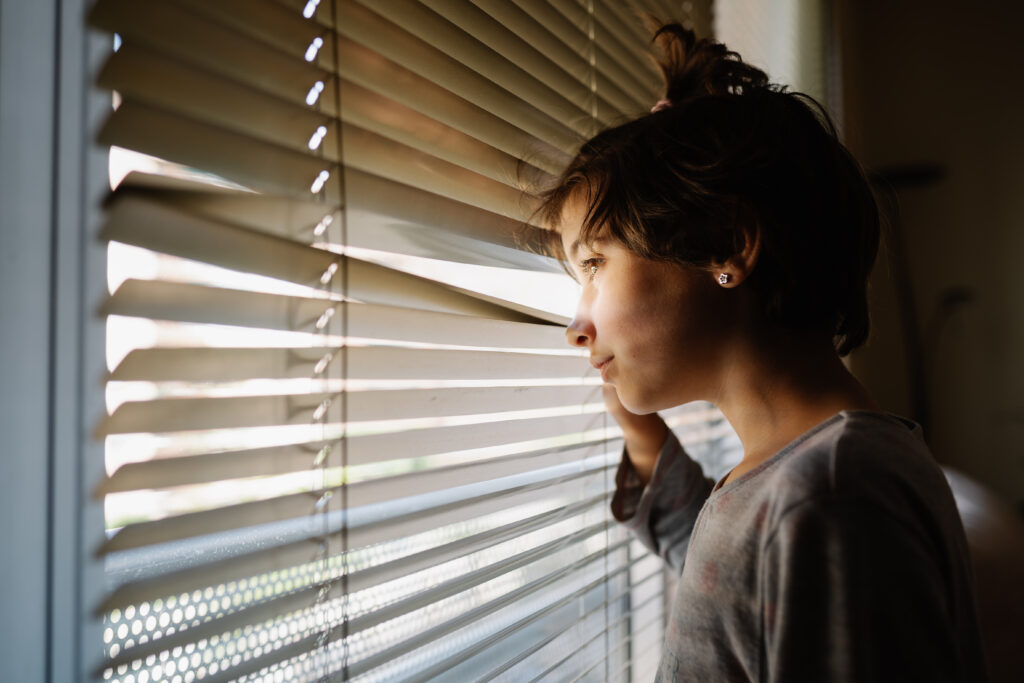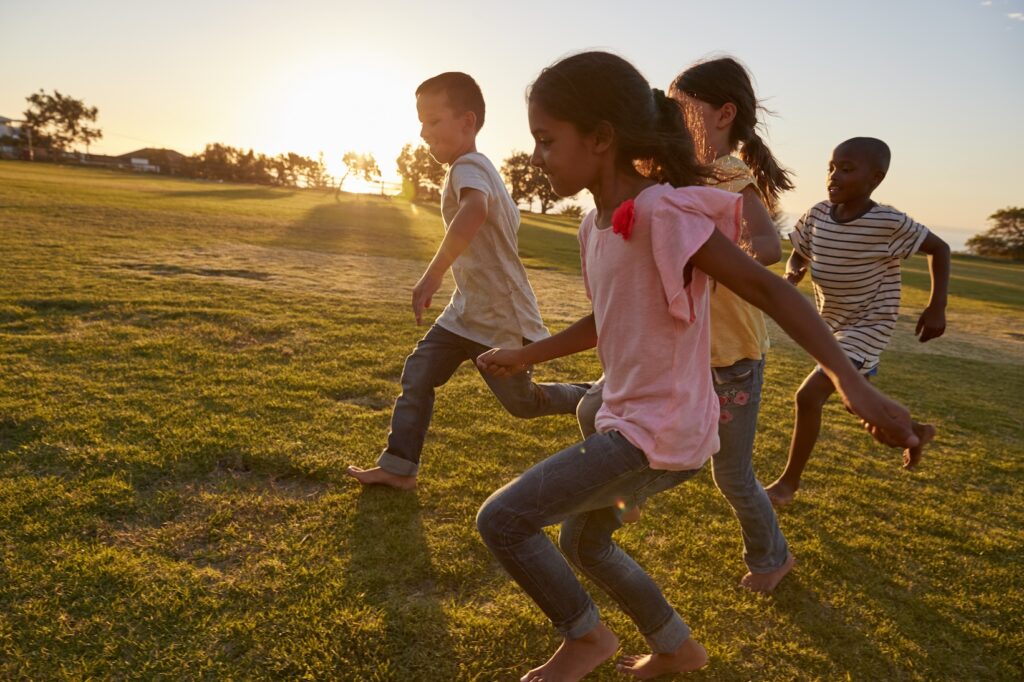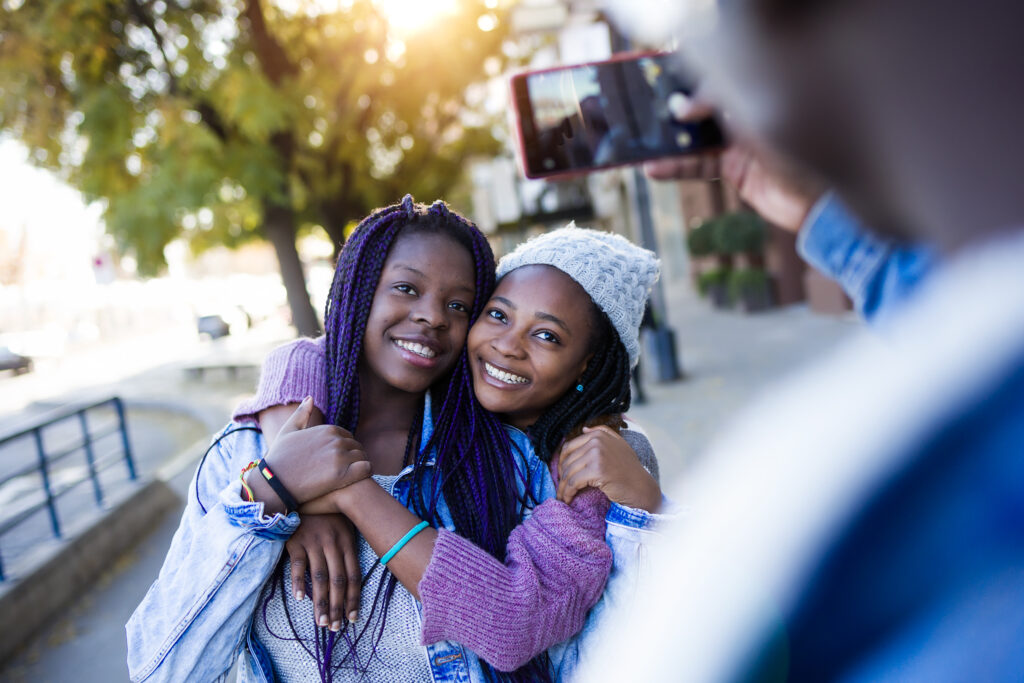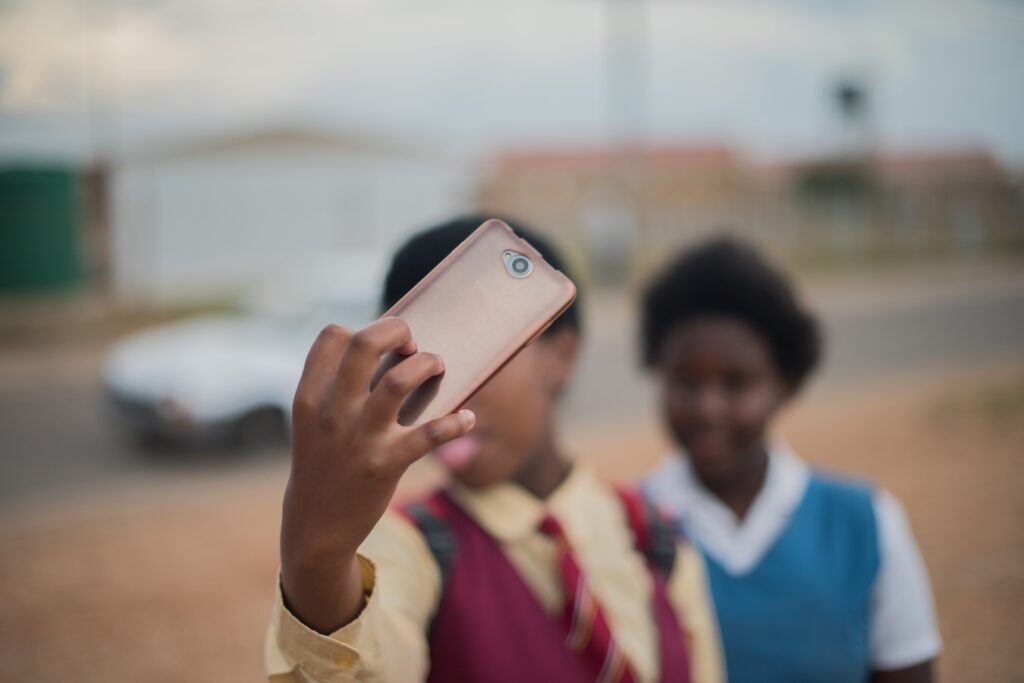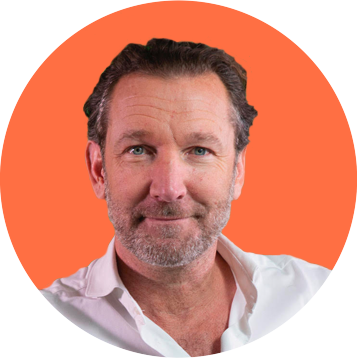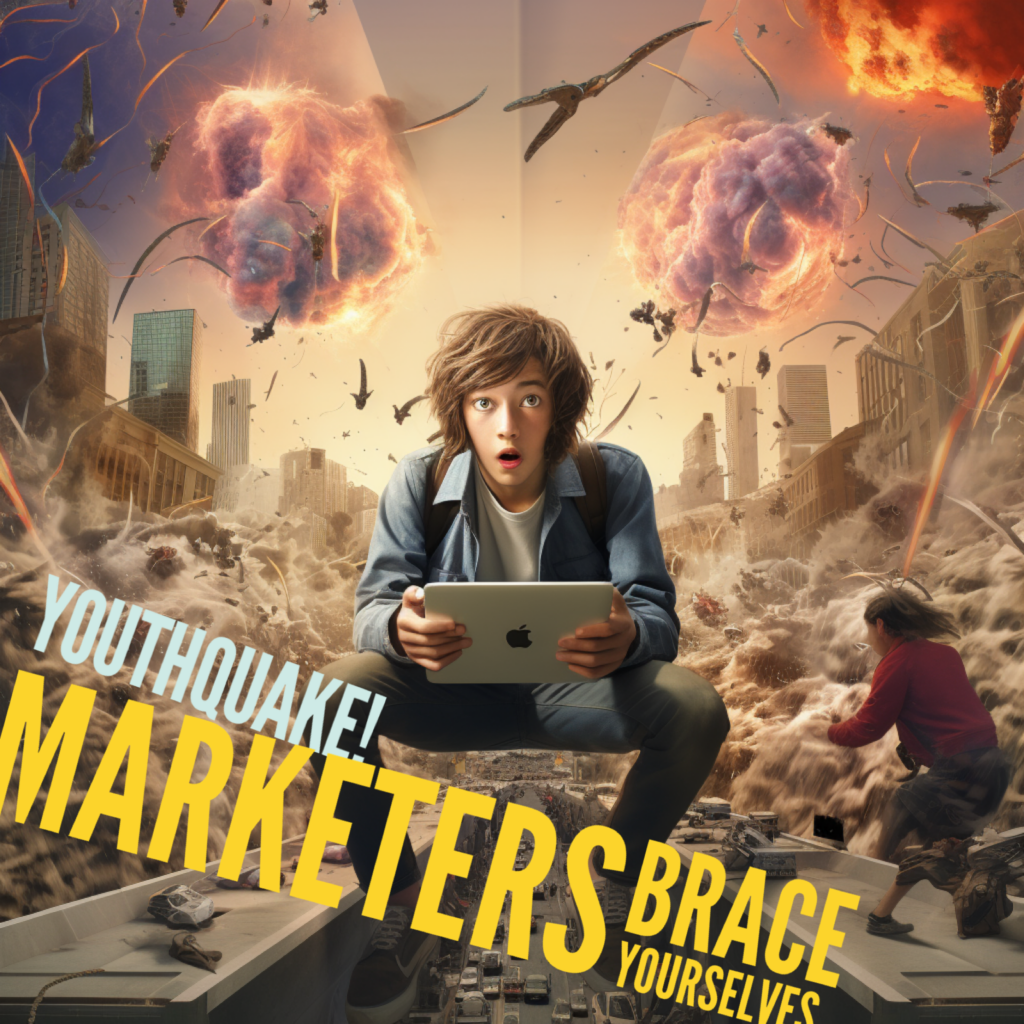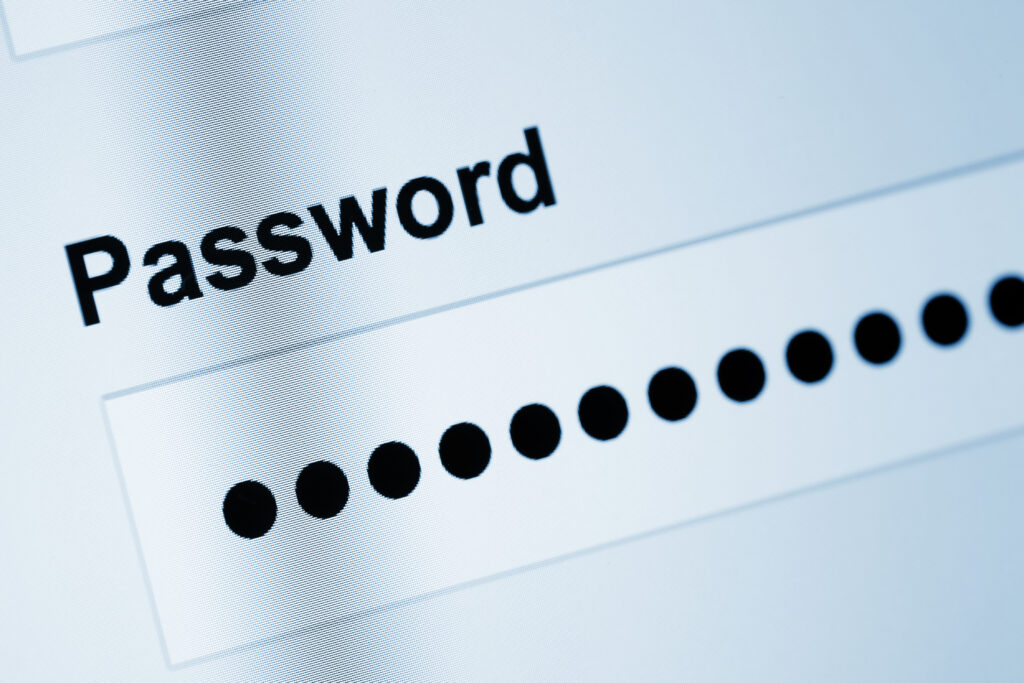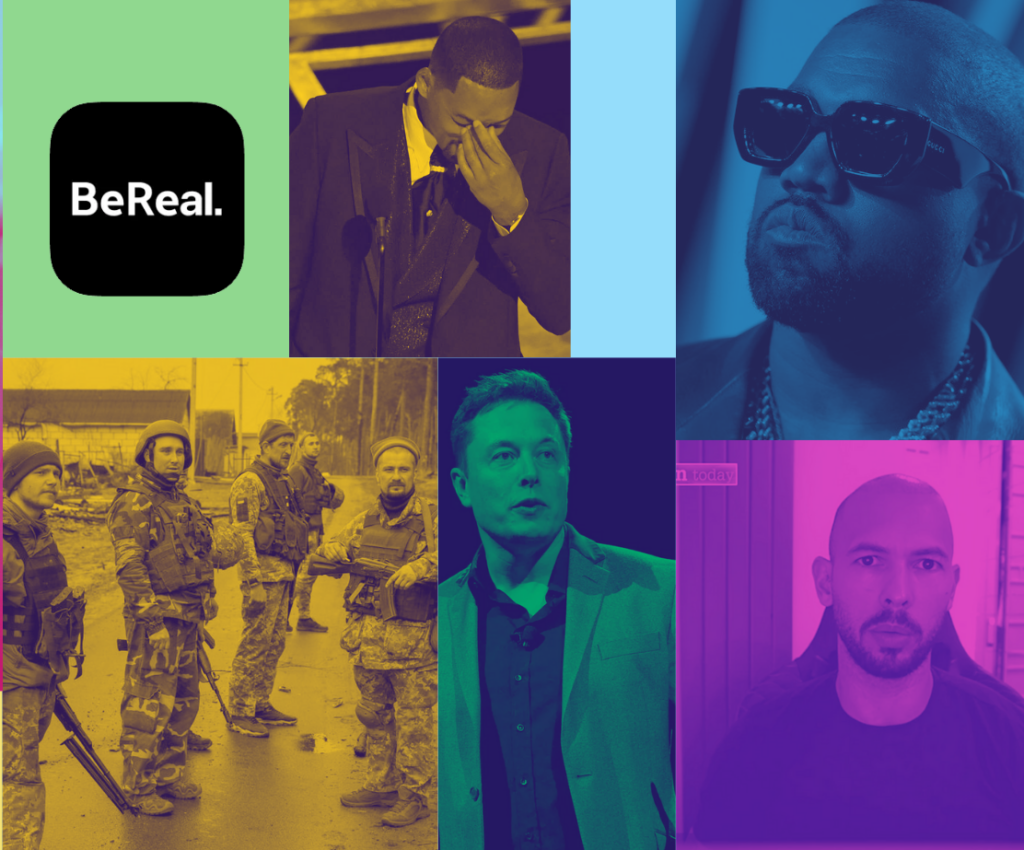Digital Citizenship Week: Are Schools Failing the Online Safety Test?
Let’s be blunt: Are we really doing enough to prepare our kids for the digital world they face every day? Digital Citizenship Week kicks off on 14th October, and it’s a wake-up call for schools to step up. It’s not just about tech skills anymore—it’s about teaching young people how to survive and thrive in […]
Digital Citizenship Week: Are Schools Failing the Online Safety Test? Read More »

